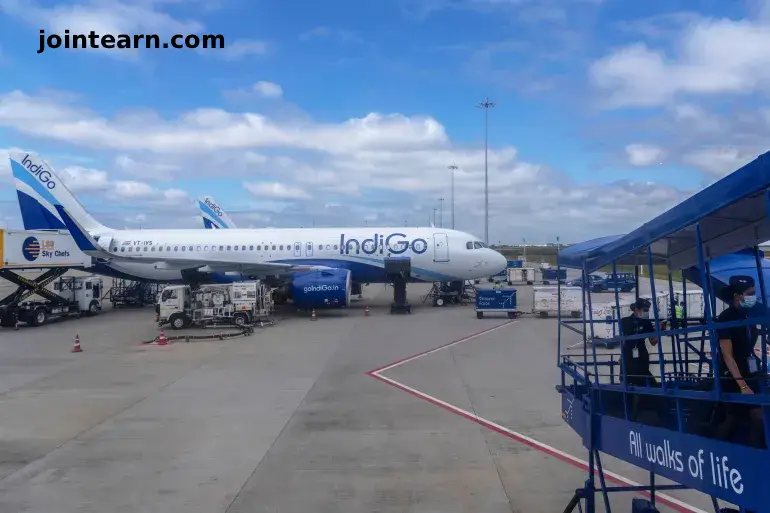
IndiGo Flight Marks New Chapter in Rebuilding China–India Relations
After five years of suspended connectivity, direct flights between China and India have officially resumed — a move analysts say reflects both countries’ desire to stabilize relations amid global trade tensions and shifting geopolitical alliances.
The first commercial flight, IndiGo 6E1703 from Kolkata to Guangzhou, landed in the southern Chinese city shortly before 4:00 a.m. local time on Monday, carrying around 180 passengers. The route marks a symbolic and practical milestone as Asia’s two largest economies reopen direct channels for trade, tourism, and diplomacy.
India’s foreign ministry said the step would “boost people-to-people contact” and promote the “gradual normalization of bilateral exchanges” between the neighbors, whose relationship has endured years of friction.
Diplomatic Chill Thaws After Years of Tension
Flights between the two nations were halted in early 2020, following the outbreak of the COVID-19 pandemic and the subsequent deadly border clashes in the Himalayan region, which left at least 20 Indian and four Chinese soldiers dead.
The border standoff near Ladakh’s Galwan Valley triggered a series of retaliatory measures by New Delhi, including restrictions on Chinese investments, bans on over 200 Chinese apps, and increased cooperation with the U.S.-led Quad alliance—comprising India, Japan, Australia, and the United States.
But recent months have seen a notable shift in tone. Indian Prime Minister Narendra Modi and Chinese President Xi Jinping met twice over the past year — first on the sidelines of a summit in Russia and later during a state visit to Beijing in August 2025.
Those meetings, followed by small gestures such as soldiers exchanging Diwali sweets along the disputed border, signal an effort to de-escalate and rebuild diplomatic trust.
“The restoration of direct air links is an important step toward restoring normalcy in relations between India and China,” said Yu Jing, spokesperson for the Chinese embassy in New Delhi.
U.S. Tariffs Push Beijing and New Delhi Closer
The thaw comes against the backdrop of escalating trade tensions with Washington under U.S. President Donald Trump, whose administration has imposed 50% tariffs on Indian exports and maintained punitive tariffs on Chinese goods.
Both Beijing and New Delhi have found themselves on the receiving end of U.S. economic pressure, prompting speculation that they may be seeking closer coordination to counterbalance American policies.
Trump’s aides have accused India of indirectly supporting Russia’s war effort by purchasing discounted oil, while also alleging that China has been supplying weapons to Moscow — claims both nations have denied.
Later this week, Trump is scheduled to meet Xi in an effort to ease the ongoing U.S.-China trade war, a summit that could further redefine regional alignments in Asia.
Growing Economic and Regional Interdependence
Despite their disputes, China and India remain key trading partners. Bilateral trade between the two nations surpassed $135 billion in 2024, according to Chinese customs data, though the balance remains heavily in China’s favor.
Business groups in both countries welcomed the return of direct flights, calling it a “vital bridge for commerce, tourism, and cultural exchange.”
Additional air routes connecting New Delhi with Shanghai and Guangzhou are expected to begin in November, while flights to Hong Kong continue to operate regularly.
“This resumption isn’t just about aviation—it’s about trust, connectivity, and economic recovery,” said Ananya Bhattacharya, an aviation analyst based in Mumbai.
Analysts See Strategic Balancing, Not Full Reconciliation
While the return of direct flights is a positive signal, experts caution that deep mistrust persists between the two Asian powers.
“India’s long-term challenge is managing an increasingly assertive China,” noted The Indian Express in an editorial following the August Modi–Xi meeting. The newspaper added that while dialogue with Beijing “sends an appropriate signal to Washington,” it doesn’t erase enduring border and security tensions.
For now, both countries appear to be balancing pragmatism with caution — seeking stability amid a turbulent global order shaped by U.S. tariffs, Russia’s war in Ukraine, and regional power realignments.

Leave a Reply